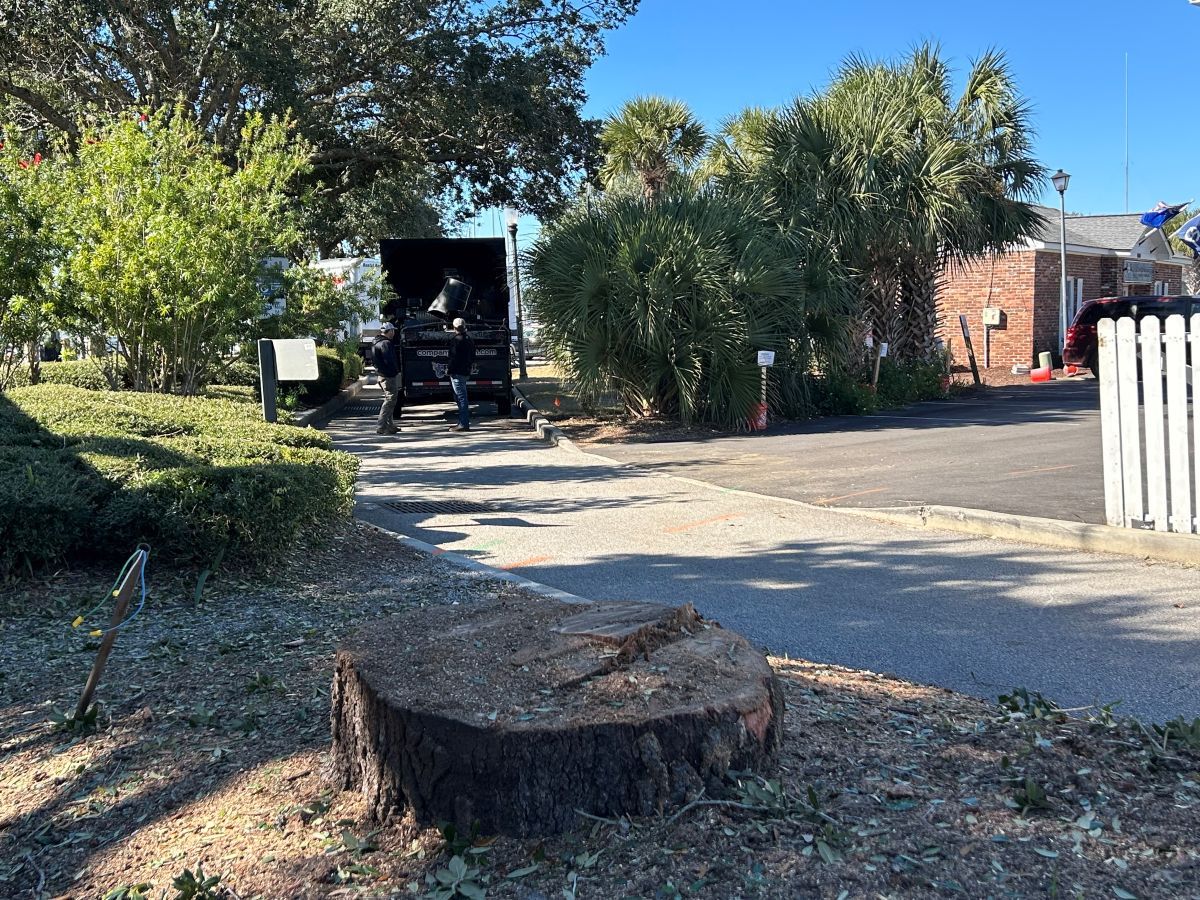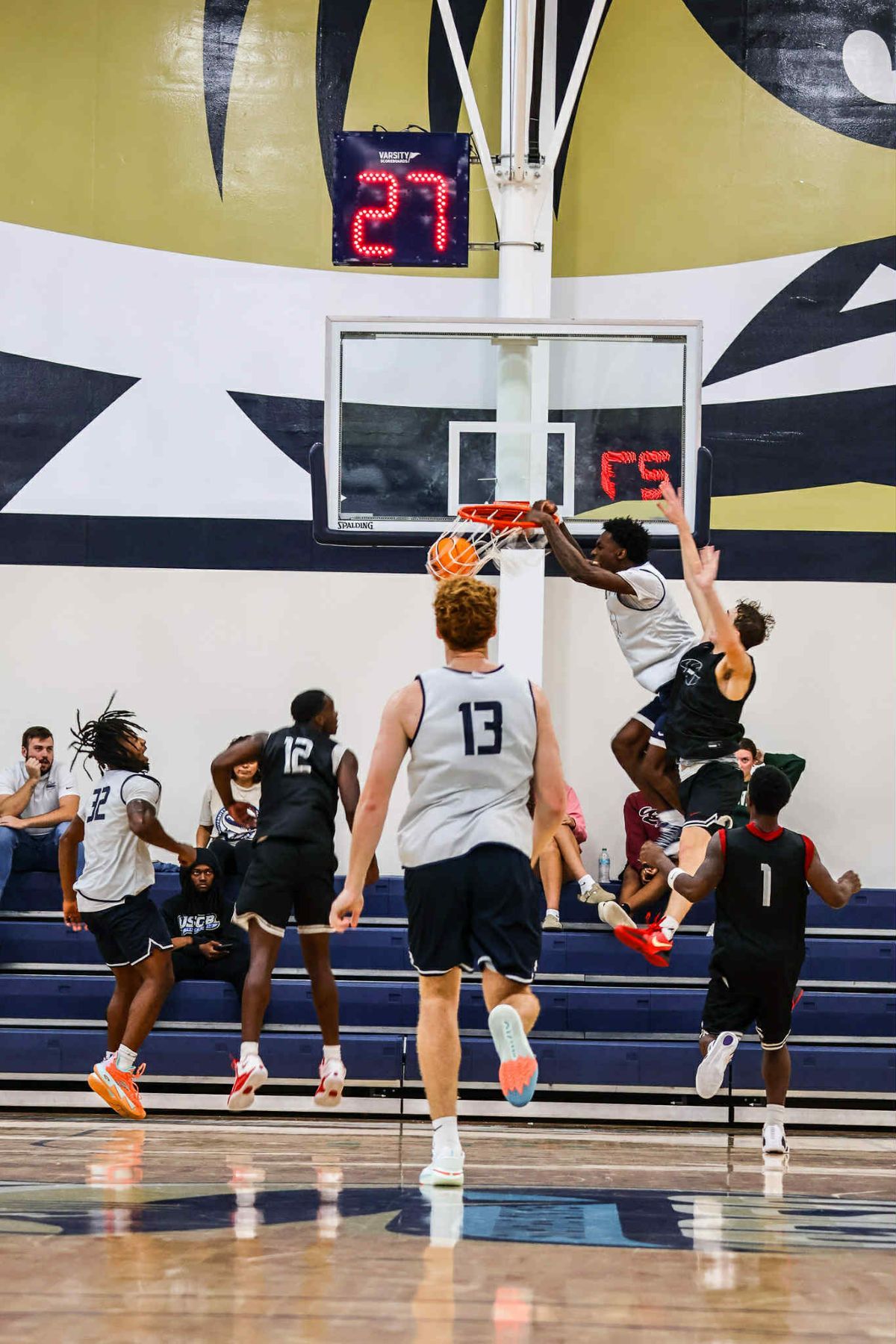By Scott Graber
It is Friday, early, cold and clear. Some mornings I can hear bugles and rifle range fire from Parris Island. But not this morning. But I do have my coffee, the Wall Street Journal, and a piece titled “Marines’ Transformation Stirs Debate.”
Many know that the Marine Corps is reducing its manpower; giving up its tanks; its artillery; and is cutting back on its fixed wing aircraft (F-35s). More importantly it has narrowed its role in providing security to the sedentary, argumentative, seldom satisfied people in these United States.
We all remember Tarawa and Guadalcanal and the hotly contested amphibious landings on those beaches. We also remember the Marine Corps fighting up (and down) the Korean Peninsula. And most know that almost 18,000 Marines were stationed in Okinawa.
The (sometimes) controversial deployment of Marines in Okinawa was fundamental to our commitments to defend Japan, South Korea and the Philippines. And it was a stark, obvious reminder to China that we were prepared to honor these promises with Marine Corps muscle.
But times they are a’changing, and in 2020 General David Berger, then the Commandant of the Marine Corps came up with “Force Design 2030” which changed the mission of the Corps.
According to the Marine Corps Gazette (See the December 2022 issue) Force Design 2030 centers on China and, specifically, the South China Sea. We all know that China is currently transforming that body of water into its wholly owned, artificially improved swimming pool.
The Chinese bring a huge amount of crude oil (and a large percentage of their natural gas) through the Straits of Malacca; and more than 220 undersea cables carrying transoceanic communications litter the sea floor. They intend to own these approaches.
The Corps, in writing-up Force Design 2030, is also mindful of the Chinese CSS 5 anti-ship missile which is also called, by some, “The Carrier Killer.” Whether or not this missile can, indeed, sink an aircraft carrier is the subject of some debate – but it is clear there will be forthcoming, better engineered models of the CSS 5 that will endanger our current carrier-enhanced dominance in the Western Pacific.
The Marine Corps plans to meet these Chinese threats by deploying amphibious combat companies (each having about 200 men in 12 separate teams) who will show up in Osprey tilt-wing transports along with “100 loitering munitions” and a limited number of ship-sinking cruise missiles having a range of 500 miles.
Assuming the sinking of an American vessel, these small companies would work with troops from the host country and would presumably be based near the Straits of Malacca, the Lombok channel and other maritime choke points along the First Island Chain.
The Marine Corps has taken notice of “loitering munitions” that are now being used in the Ukraine. These resemble large, propeller driven model airplanes and can tossed into the air by a single soldier. Once airborne they fly at 500 feet, can linger over a target of 40 minutes and destroy a tank if one rolls into camera range. They are cheap at $50,000 a pop.
These Marines will also have the Naval Strike Missile for any Chinese warships cruising further offshore — each missile costing about $2 million. The Marine Corps believes that it will require a salvo of eight missiles to insure the destruction of one ship.
These smaller, dispersed units will require a “daily sustainment” of 928 tons of food, fuel and weapons that would be stockpiled in multiple, secret “iron hills” located throughout the region.
There is ongoing debate in the Marine Corps about this new plan and some think that relying on the Army (for tanks and artillery) and leaving its traditional maneuver role behind is a mistake. Critics point our that nervous host countries could deny “landing rights” to the tilt-wing Ospreys, or deny the stock-piling of Marine Corps ammunition on their soil.
While some countries (Vietnam) would surely welcome the Marines, others, Malaysia in particular, are currently being courted by Chinese. Some (the Philippines) seem to have lost confidence in the United States.
Unlike the Army, Navy and Air Force, the Marine Corps has always worried about its existence. The Corps points out that they were left alone, and defenseless, at Wake Island and Guadalcanal. They know there is a natural antipathy between big battalion boys and their red-headed, bare-footed stepchild (Marine Corps).
But the Marines have re-imagined themselves and now have themselves a knight in play on the geopolitical chessboard.
Scott Graber is a lawyer, novelist, veteran columnist and longtime resident of Port Royal. He can be reached at cscottgraber@gmail.com.







